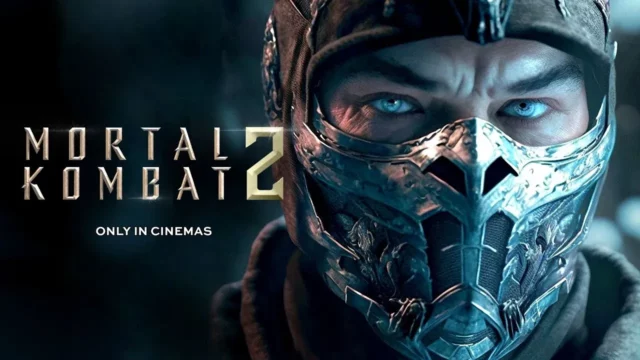Dolby Vision 2 is official, and it’s bringing AI and motion controls into the HDR equation. But not all changes sit well with cinephiles. The new standard adds two major features, Content Intelligence and Authentic Motion that aim to address common complaints about today’s TV viewing. Whether they solve those issues or just stir up more debates remains to be seen.
Dolby Vision 2 targets dark scenes and bad lighting

One of the headline features of it is called Content Intelligence. Using AI and ambient light sensors built into TVs, this system adjusts brightness and contrast based on room conditions. In theory, it’ll make those infamously dark shows finally viewable, yes, even The Battle of Winterfell.
The idea is to preserve the creator’s vision while still delivering a clear image in non-ideal lighting. But that promise comes with a big question: how much should AI mess with an artist’s final product? Dolby claims it won’t “compromise intent,” though that line may be thinner than they admit.
Authentic Motion puts filmmakers in control, or does it?
Motion smoothing has long been the bane of cinematic purists. Dolby’s solution? A feature called Authentic Motion. It gives creators scene-by-scene control over how motion interpolation is applied. Rather than a one-size-fits-all setting buried in a TV menu, filmmakers get to choose where it kicks in and how hard.
Dolby calls it the first creative-led motion tool of its kind. But there’s hesitation. Does it really fix the soap opera effect? Or is it just a more polished version of a feature that should never have existed in the first place?
The HDR split: Dolby Vision 2 vs Dolby Vision 2 Max
Dolby Vision 2 isn’t launching as a one-size-fits-all platform. Instead, it’ll be split into two versions:
- Dolby Vision 2: For entry-level and mid-tier TVs
- Dolby Vision 2 Max: Aimed at high-end sets with more advanced features
So far, Hisense is onboard to support the format in its upcoming lineup. Content-wise, CANAL+ is signed on to deliver Dolby Vision 2-optimized programming. But a key detail is still missing: when. No launch dates are set, and CES 2026 might be our first real look.
Will Dolby Vision 2 make HDR better or blurrier?
The tech sounds impressive on paper. But Dolby’s challenge isn’t just innovation, it’s trust. Giving AI and TV sensors more influence over picture quality could spark pushback, especially from filmmakers already skeptical of TV-side processing.
Still, if it manages to fix visibility issues and handle motion with care, it might just be a turning point for HDR. Or it might be remembered as the standard that tried to please everyone and pleased no one.
Let the arguments begin.














